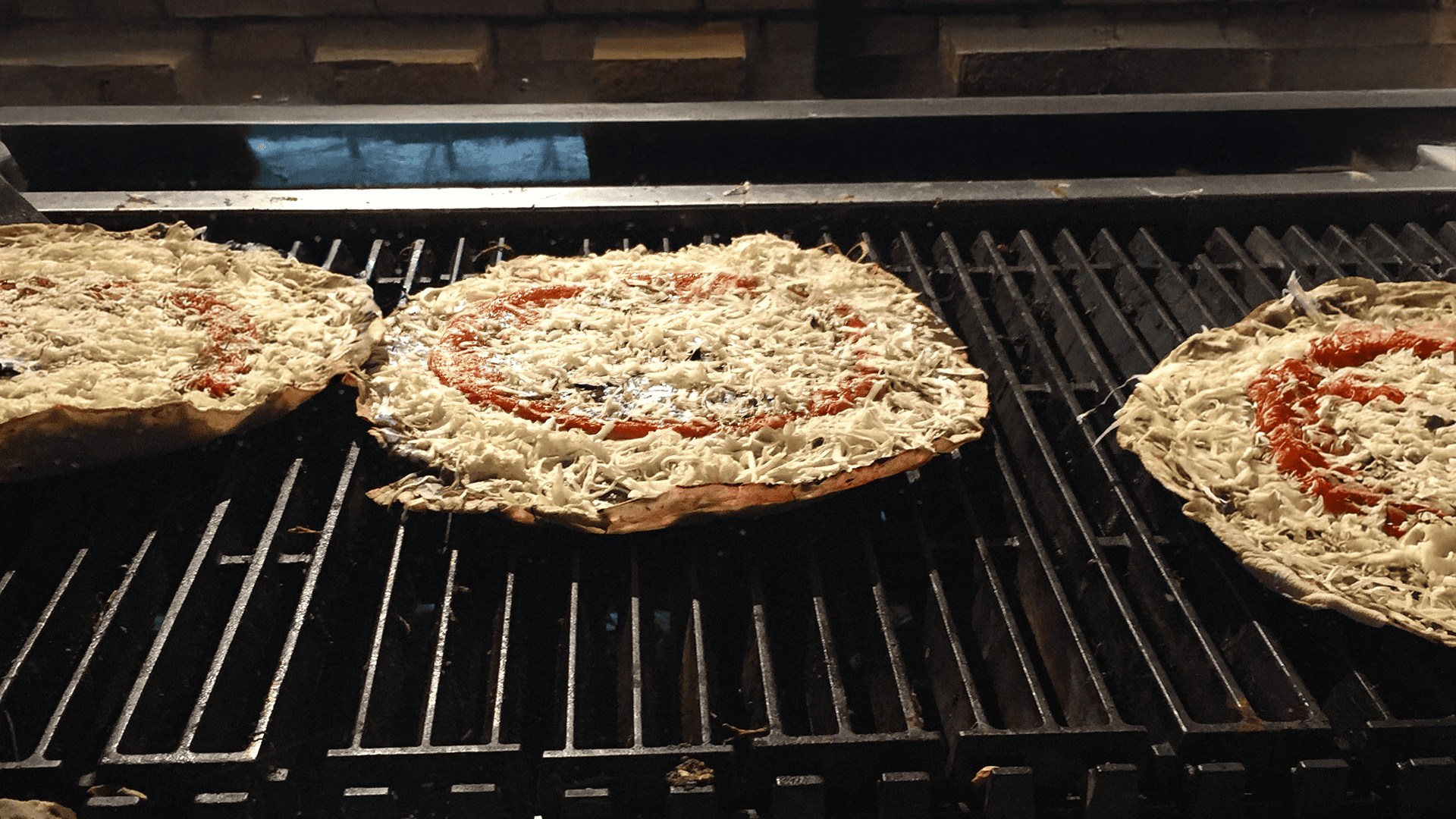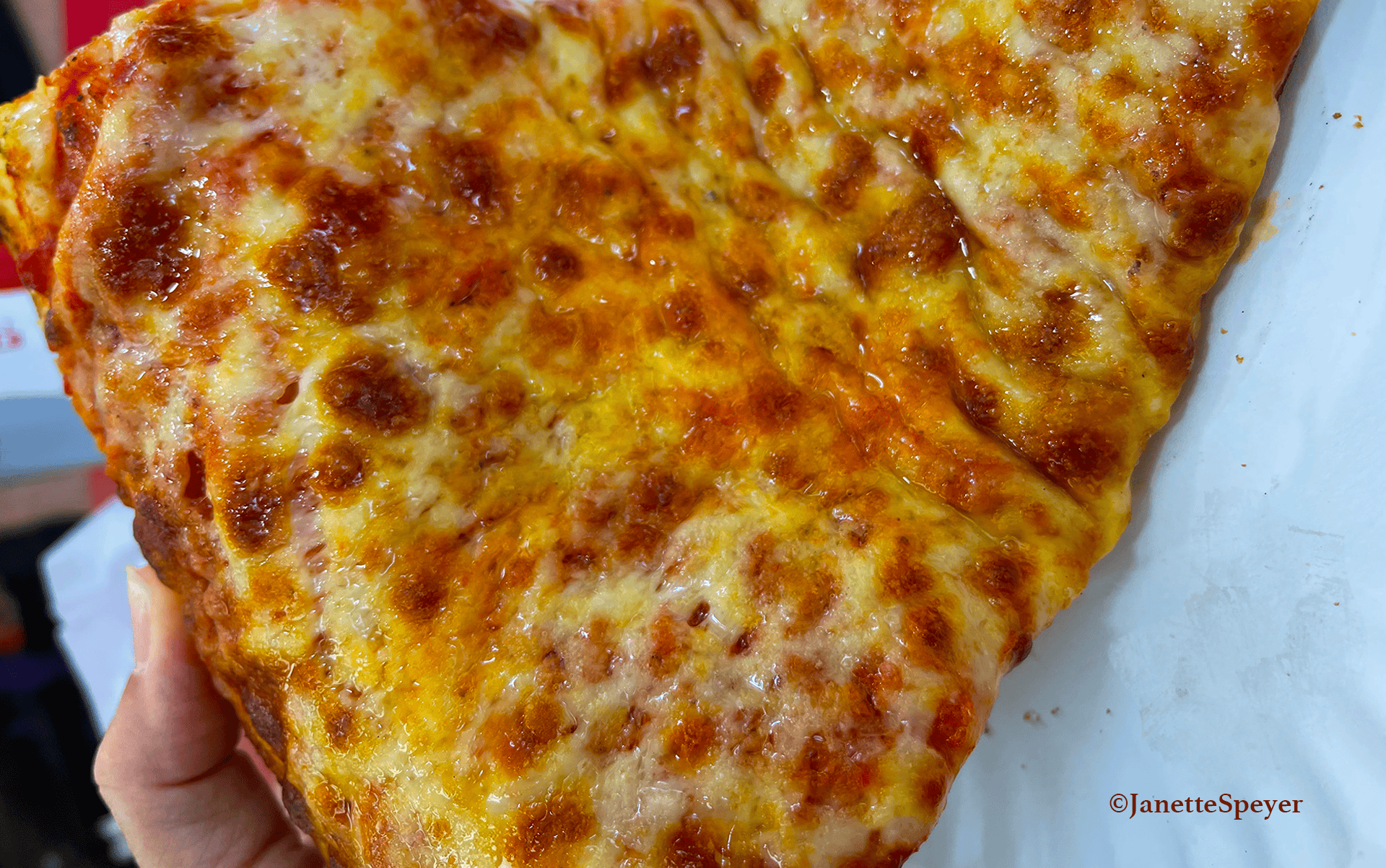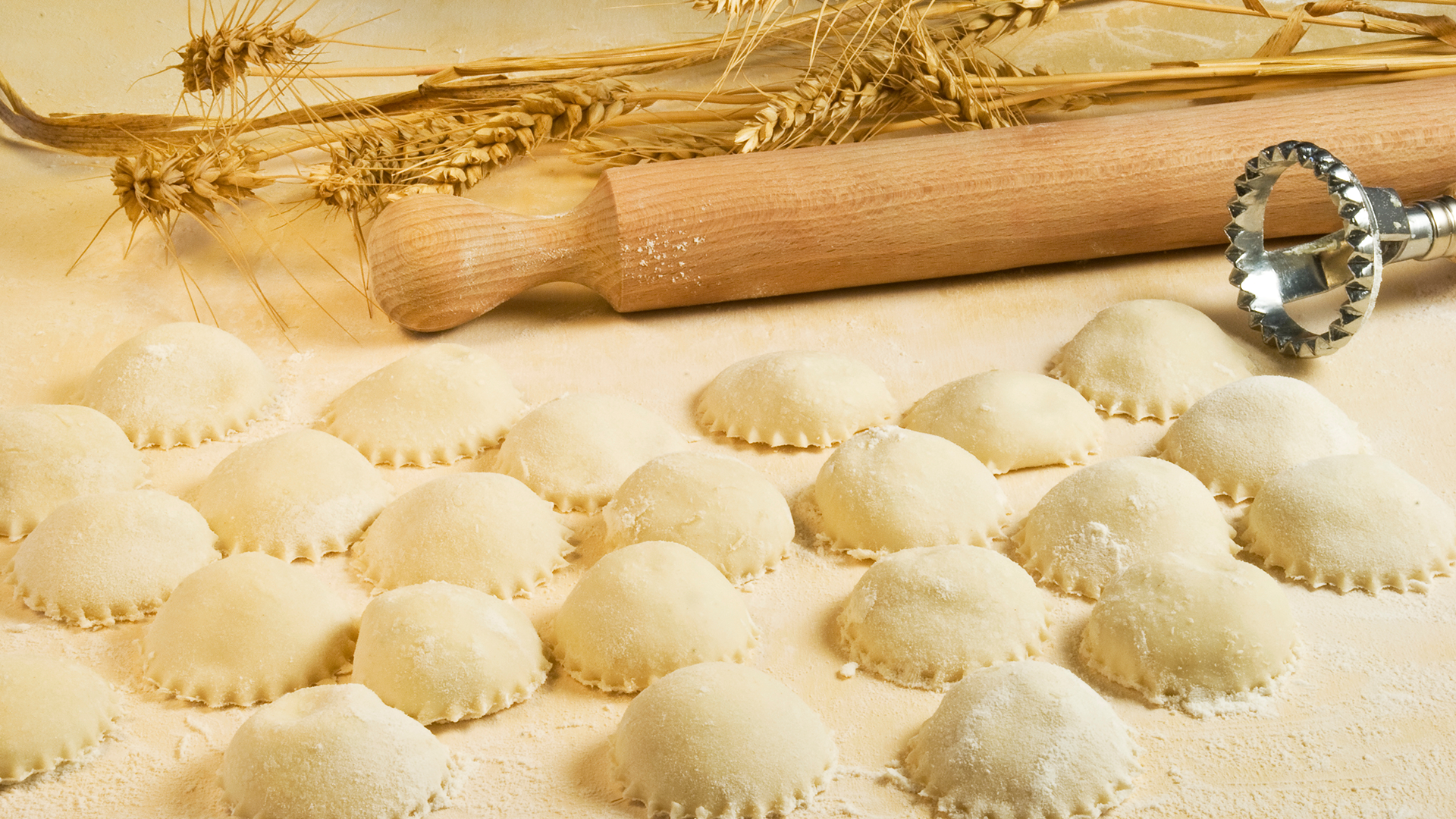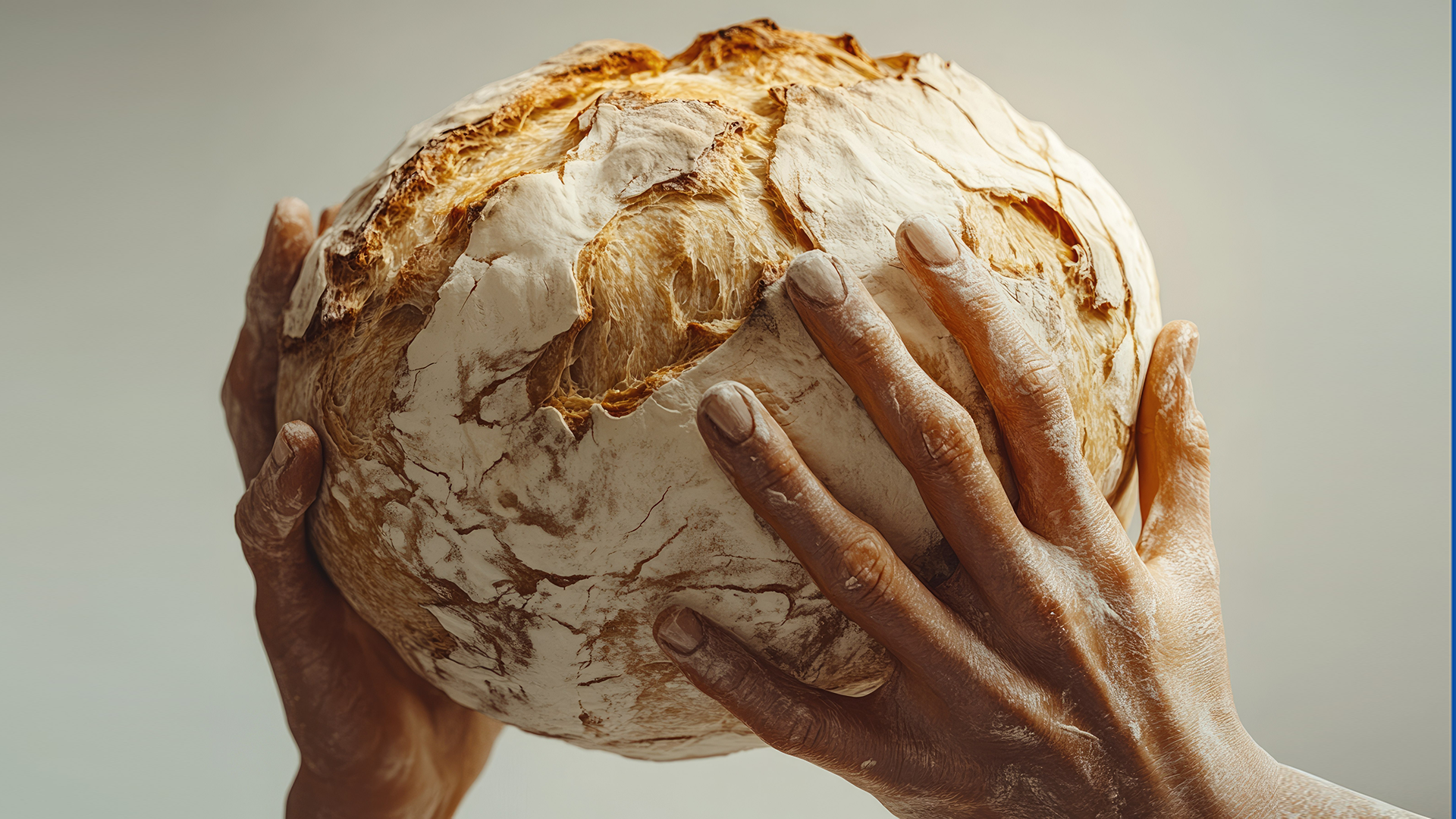A Scoop Of History: The Yummy Story of Ice Cream
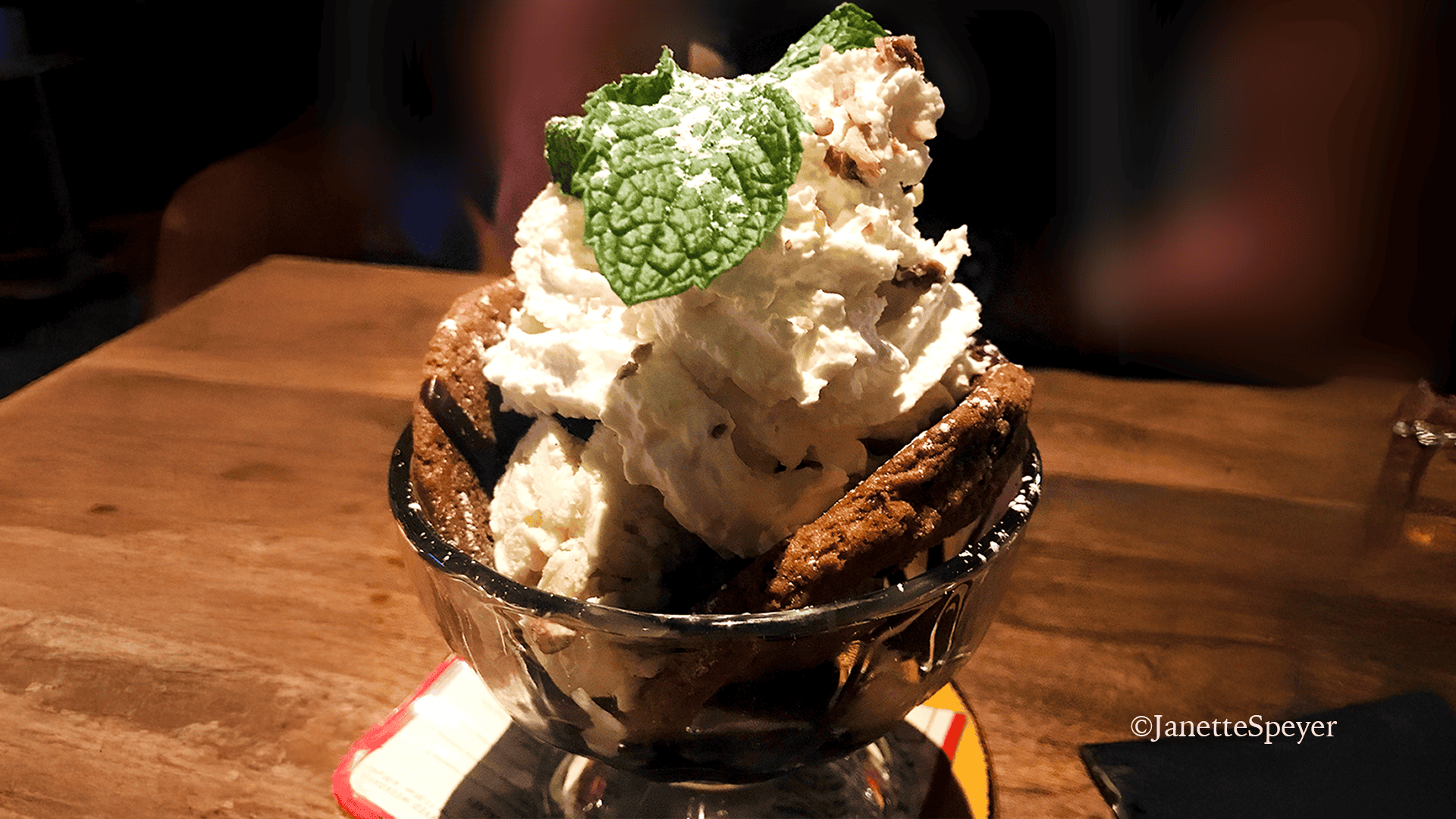
Few desserts spark as much joy as ice cream. Licking a cone, spooning from a bowl, or sneaking bites straight from the carton (that would be me!), ice cream brings comfort and fun. Yet this frozen delight didn’t appear out of thin ice; it took centuries of experimentation, cultural exchange, and culinary innovation.
Let’s take a journey through the frosty past of ice cream, one delicious scoop at a time.
Ancient Chills
The earliest versions of frozen desserts go back thousands of years:
- Persia (500 BCE): They had a version made with snow mixed with grape juice. The concoction later evolved into a rosewater-and-saffron creation called faloodeh. It was cooled in underground yakhchals. These native ice houses were designed to store ice, harvested from nearby mountains during the winter. You can still enjoy this delicacy today at any Persian restaurant. It’s delicious
- China (200 BCE): The Chinese elite enjoyed frozen milk-and-rice mixtures packed into snow. The birth of future ice creams.
- Rome (1st century CE): Emperor Nero would send runners to collect snow from the mountains. He then flavored it with honey and fruit juices. At least he left us something sweet.
None of these was “ice cream” as we know it. But we got the idea of combining cold and sweet into a single indulgence.
The Arab World Introduces Sherbet
The Arabs took frozen delights a step further. They created blends of milk, sugar, and flavorings to create sharbat, the ancestor of sherbet and sorbet. Trade routes and conquests brought Arab innovations to Europe. Mediterranean chefs began experimenting and modifying these concoctions by adding fruits.
Renaissance Sorbet to Gelato
By the Middle Ages, frozen drinks and ices had become favorites in Sicily and Italy. Mount Etna provided snow for chilling. Sicilian chefs refined the technique with the pozzetto, a zinc bucket cooled with snow, salt, and water. The concept is the same as the ice cream makers we use today. The process evolved into smoother, creamier granitas and custards.
The Medici family of Florence introduced frozen custards at court. When Catherine de Medici married France’s Henry II in 1533, she introduced gelato recipes to Paris. The French courtiers were fascinated with the new treat.
By the 17th century, frozen creams appeared at aristocratic banquets. Louis XIV of France adored them and would give ice makers to his guests. Meanwhile, across the Channel, King Charles II of England served ice cream at royal feasts. Around 1693, Neapolitan chef Antonio Latini published a recipe for a milk-based sorbet. Many food historians consider it to be the first true ice cream.
Founding Fathers with a Sweet Tooth
Ice cream arrived in America by the early 1700s. It immediately won over the wealthy elite. George Washington reportedly spent $200 on ice cream in one summer. Thomas Jefferson introduced French vanilla ice cream recipes to Philadelphia, frequently serving the dessert at the White House.
By the late 18th century, ice cream parlors appeared in major cities. And thus began nationwide obsessions.
Ice Cream for Everyone
The 19th century revolutionized ice cream. New freezing methods, employing ice and salt, made production easier. In 1851, Jacob Fussell, a Baltimore milk dealer, established the first large-scale ice cream factory in the US. He utilized surplus cream to produce affordable ice cream for the masses. His innovation transformed ice cream from a luxury to an everyday treat. Thanks, Mr. Fussell!
Cones, Sodas, and Sundaes Oh My!
By the late 1800s, ice cream parlors and soda fountains were booming across America. The ice cream soda became a symbol of youth culture and a unifying force within the community. When blue laws banned soda sales on Sundays, the ice cream sundae was invented as a clever workaround.
At the 1904 St. Louis World’s Fair, an ice cream vendor ran out of bowls. He partnered with a waffle maker to serve ice cream in rolled waffles. The cone wasn’t invented there, but it skyrocketed to fame, forever changing the way we eat ice cream.
*This post contains affiliate links. As an Amazon Associate, I may earn a commission at no cost to you. Learn more.*
A World of Scoops
Today, the ice cream industry is a multi-billion-dollar enterprise. But it’s also a source of creative opportunity. Every culture has its spin:
Italy: Gelato – Born in Renaissance Florence, gelato became famous for its silky, dense texture. You can recreate at home with a gelato maker.
Japan: Mochi Ice Cream – Inspired by centuries of sweet rice cakes, mochi ice cream combines chewy dough with creamy fillings. Make it yourself using this very cool mochi ice cream kit.
India: Kulfi – Since the Mughal era, kulfi has been made in metal molds for a dense, almost chewy texture. Try it with these traditional kulfi molds.
Turkey: Dondurma – Famous for its stretchy, chewy texture thanks to salep (orchid root powder), Turkish ice cream is as much a performance as a dessert.
Mexico: Nieves & Paletas – Fruity, refreshing, and sometimes spiked with chili or lime, these Mexican frozen treats are as vibrant as the culture itself. Make your own with a paleta mold set. It’s great for kids.
Thailand: Rolled Ice Cream – Originating in Thai street markets, rolled ice cream wowed the world with its playful presentation. I’m interested in trying this one at home: rolled-ice-cream pan.
Try This at Home: No-Churn Vanilla Ice Cream
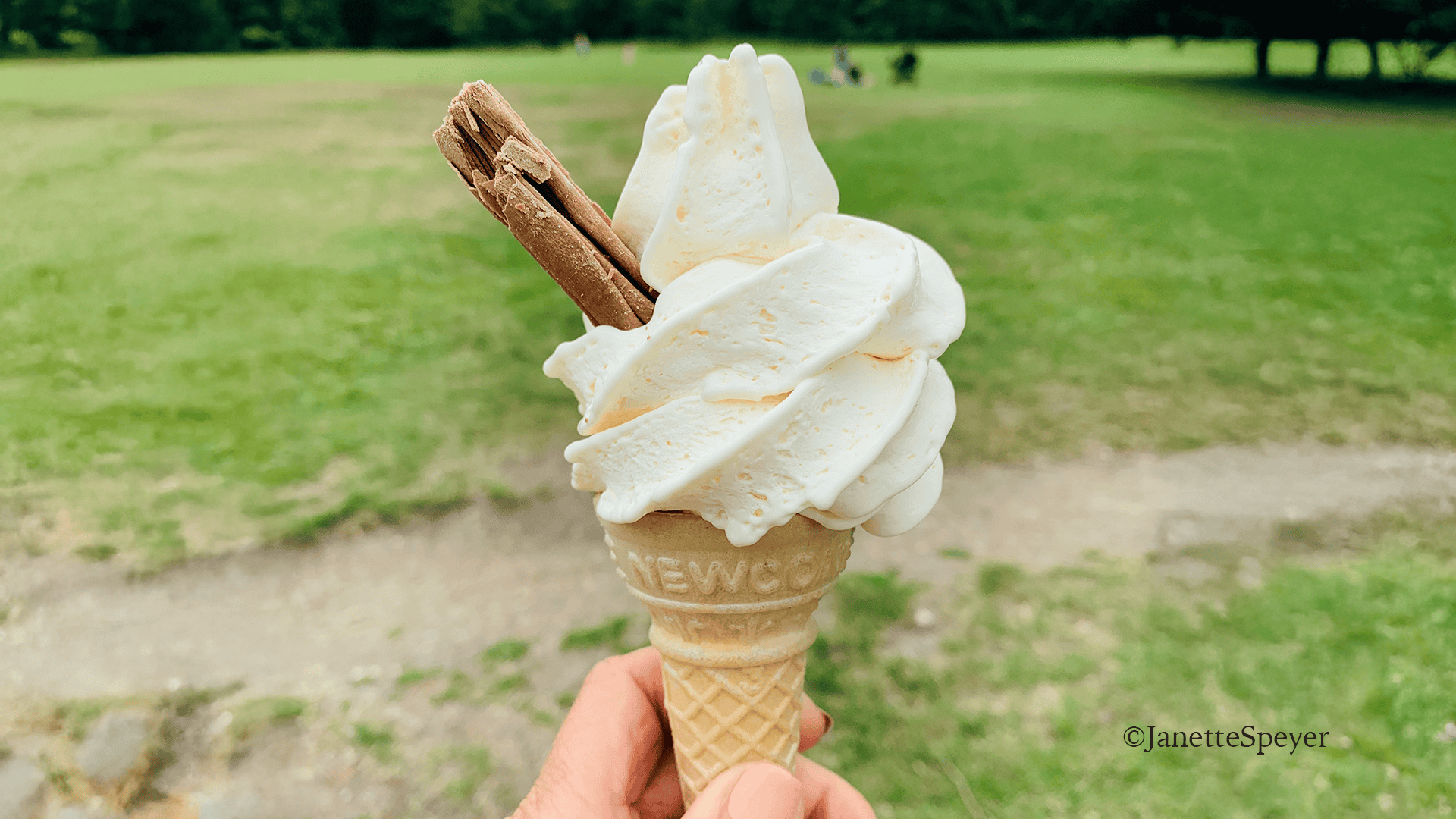
Want to taste a bit of history in your kitchen? Here’s a simple 250-year-old recipe you can make at home. Thomas Jefferson would be proud.
Ingredients
- 2 cups heavy cream
- 1 cup sweetened condensed milk
- 2 tsp pure vanilla extract
- Optional mix-ins: cookies, chocolate chips, berries, or jam swirls
Instructions
Whip the heavy cream until stiff peaks form. In another bowl, combine condensed milk and vanilla. Fold the whipped cream into the milk mixture. Stir in any mix-ins. Pour into a loaf pan, cover it, and freeze for six hours or more. Add any flavorings or toppings you desire and lick away!
Note: If you don’t have a hand mixer, this affordable electric hand mixer makes whipping cream easy.
Result: creamy, dreamy ice cream—no fancy machine required.
The Last Scoop
So, who invented ice cream anyway? The answer is that it’s a global contribution from nations far and wide. From Persian faloodeh to Chinese frozen milk, from Catherine de Medici’s court to Jacob Fussell’s factory, every culture added a scoop to the story.
From ancient snow-packed sweets to Instagrammable cones and dairy-free innovations, ice cream continues to bring us comfort, fun, community, and flavor.
Next time you savor your favorite flavor, remember: you’re enjoying more than dessert. You’re savoring history.
Stay Up-To-Date
Subscribe To Our Newsletter
Meet Janette Speyer

Behind every bite, there’s a story. Join me on a journey through history to explore how centuries of culture have shaped the way we eat. Read More >
Recommended Reading
-
-
10,000 Years of blood, sweat, and spices that built today's plates.
-


